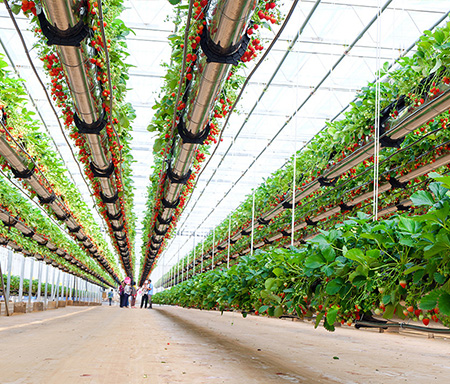
Future offices and the future of offices
The COVID-19 pandemic has driven us into uncharted waters and the office sector seems to be further adrift than most.
The COVID-19 pandemic has driven us into uncharted waters and the office sector seems to be further adrift than most. It has been a dependable asset class for a very long time and forms the bedrock of most institutional portfolios; however, the sector is now facing an uncertain future as staff and employers reconsider office-based working norms, and the service sector is threatened by a wave of post-stimulus redundancies.
This has led some observers to claim the days of the CBD office are numbered and that districts like Hong Kong’s Central and Tokyo’s Shibuya will soon be full of empty towers and vacant shops. Firstly, they say, people have come to prefer the freedom and flexibility of working from home. Secondly, hygiene concerns mean they no longer want to work in offices where they are forced to mix with colleagues and strangers. And finally, they wish to avoid the unpleasant crush of their daily (or perhaps weekly) commute on mass transit systems.
However, rumours of the death of the office have been greatly exaggerated. Firstly, working from home does not work for everyone. Younger workers and those living in crowded Asian cities do not have the space for a decent home office. Others prefer a clear delineation between work life and home life.
We should also not forget why we work in offices in the first place. They are places for teamwork, where we gather to collaborate. This is particularly important for innovative businesses in the tech sector. Amazon recently confirmed plans to take a substantial amount of office space in New York among other cities and other tech firms are in alignment. Thriving new economy businesses have become the drivers of prime office markets across the world and they are already asking very different things of their work environment.
The pandemic has acted more as a catalyst for existing trends, rather than a disruptor. We were already moving to more flexible office workstyles, including working from home and this change will accelerate. As part of this change, we are likely to see more displacement demand for office space in suburban hubs, to reduce commuting times. This space might be provided by specialist flexible space operators or conventional landlords.
We should also not forget the cyclical impact of COVID-19. It has hit GDP and consumer demand, and this will inevitably drive down demand for office space. In the short term, however, corporations will be happy to keep postponing decisions on real estate as Government stimulus programmes have kept insolvencies to a minimum. The longer-term impact on take up will ultimately rely on the timing of recovery but also on the characteristics of the demand which emerges as some sectors are likely to rebound more strongly than others, altering the traditional corporate landscape. New economy companies are the ones to watch in this respect.
There are high and low points around the Asia Pacific region. China has recovered early and sharply, yet Hong Kong – rocked by politics as well as the pandemic – is still suffering. Australia is in its first recession for three decades but the very best office space is still in demand. Crucially, outside China, office supply is relatively low. In Tokyo, availability remains extremely tight even if vacancy is nudging up.
In conclusion then, COVID’s cyclical impact on the office sector will be significant, while embedded structural changes will continue, but fears of the sector’s extinction are overblown.
Further reading:
Savills APAC mid-year round-up
Contact Us:
Simon Smith



